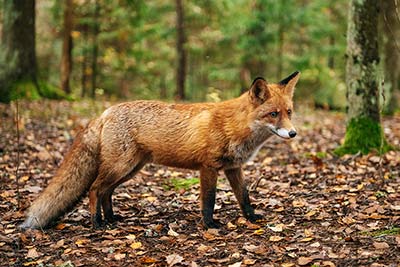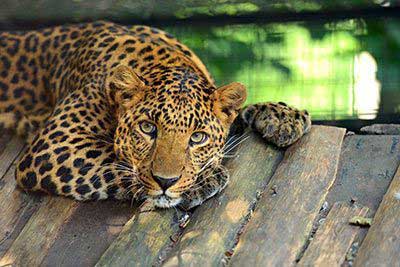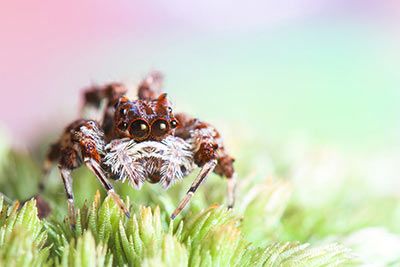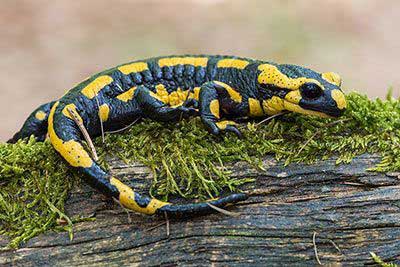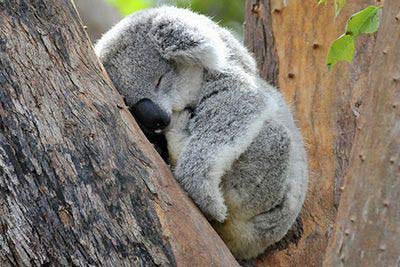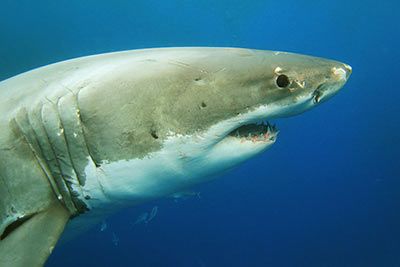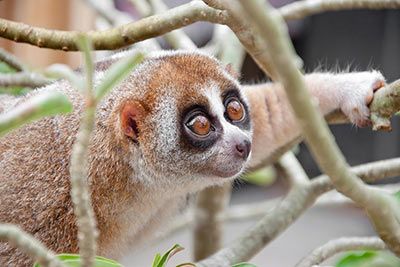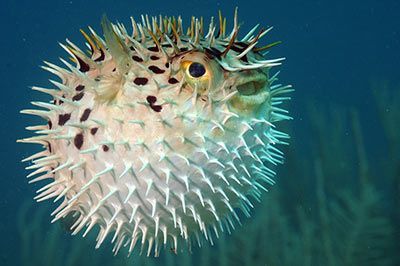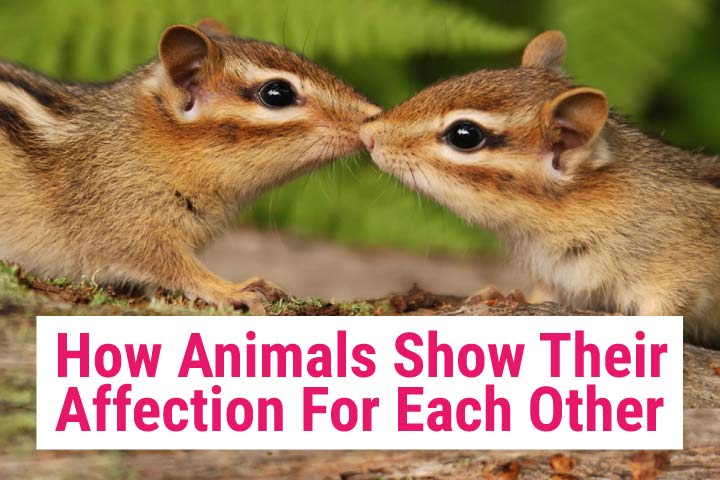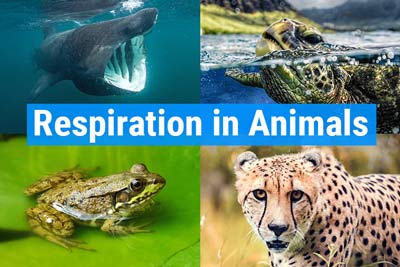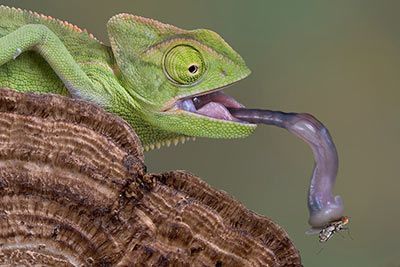Top 30 Animals That Sleep the Most
Funny Sleeping Habits from the Animal Kingdom
Hippos Sleep Underwater
Everyone knows that hippos like to be in the water. However, they don't go ashore to sleep, but simply sink underwater with their ton-heavy bodies. At least nobody can hear them snore down there!
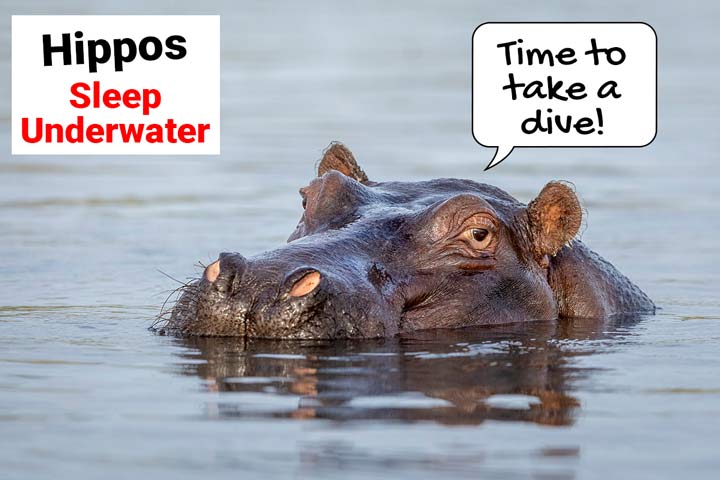
Manatees Sleep on their Backs
Manatees sleep underwater, too. They even turn on their backs to sleep on the seabed. Just like the hippopotamus, the manatee also needs to surface every now and then to breathe.
Sharks Are On Standby
Some sharks have to constantly keep swimming, because they don’t get any oxygen if no water flows through their gills. To make sure they get a good sleep, they reduce their brain activity. You could say that they put themselves on “standby mode”.
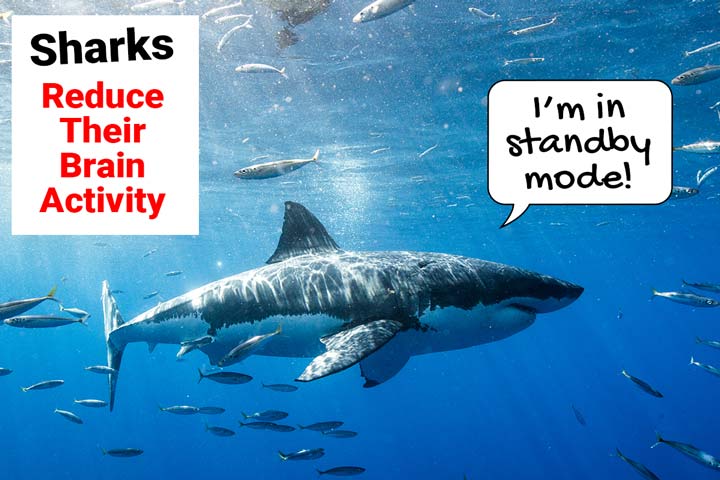
Dolphins Just Switch Off
If there were a “Guinness book of weird sleeping habits”, dolphins would definitely be in it. These animals sleep with one half of their brain, with the other half still switched on. After one to two hours, they switch sides and sleep with the other side. This technique would be great in school. Tip: put the left half of your brain to sleep during math as you only need the right to add up! Dolphins always keep one eye open (literally) so they can look after one another. If a dolphin forgets to breathe, it will get a little nudge from its friends.

Orangutans Tie Themselves Up
Orangutans wrap their fingers and toes around branches before sleeping to avoid falling out of their nest.
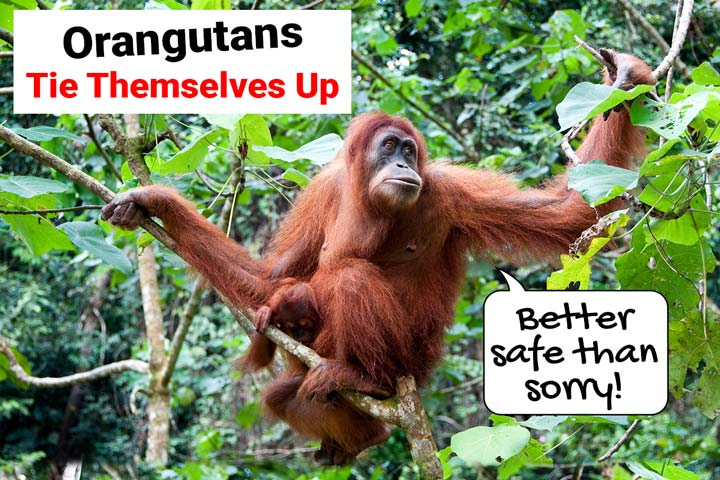
Koalas Hold on For Dear Life
Have you ever fallen out of bed at night? Animals don’t like that kind of surprise either, so they’ve come up with unusual tricks to avoid it. Koalas clamp themselves into a fork of a branch to prevent falling from the eucalyptus tree.
An Okapi’s Sleep Is Short But Deep
The okapi holds a record: this forest giraffe might find a place to sleep and spend around six hours there, but it only gets 30 seconds of deep sleep. It repeats it around ten times a night.
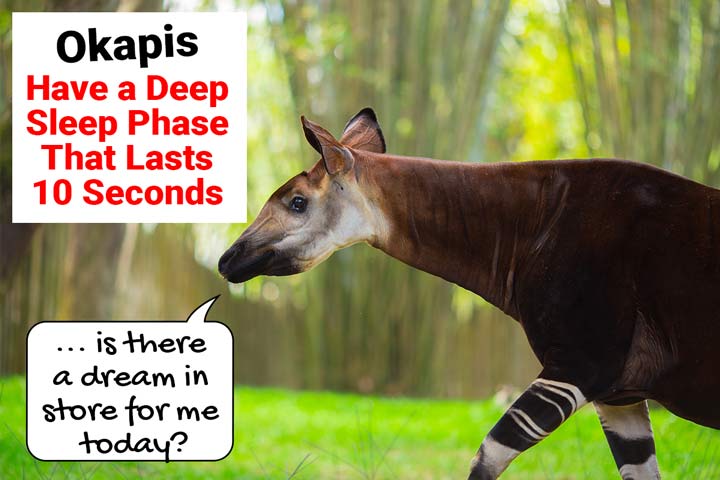
Sperm Whales Sleep Upright
Unlike dolphins, sperm whales sleep with both halves of their brains. They sleep upright (!!!) in the ocean with their heads pointing upwards. They sleep so deeply that they don’t even notice boats.
Birds Cramp Up
When we humans relax, our muscles loosen and lengthen. It’s the other way around in birds. The muscles in their feet/claws tense when they relax. They can sit and sleep on an electrical cable in complete safety.
Swifts Fall Asleep at the Wheel
The swift spends almost three years in the air. They catch prey in the air, eat in the air and sleep in the air! This method is also used by some migratory birds that have to fly all day long over open water to get to their summer/winter homes. They fall asleep at the wheel, so to speak. It’s only ok for animals to do it!
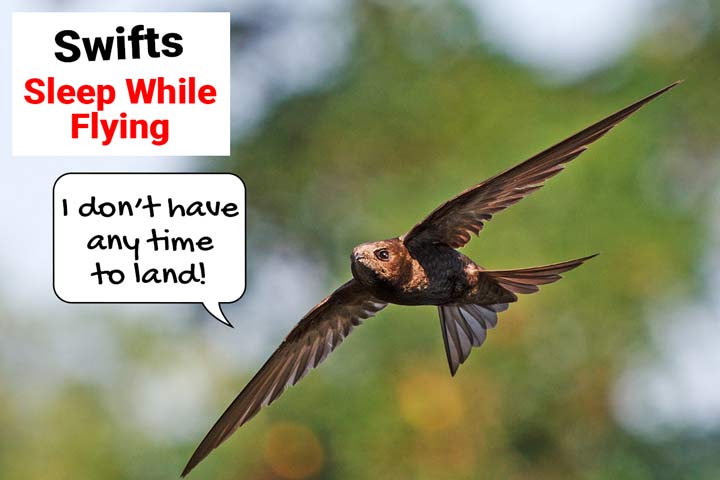
Basilisks Use a Trap
Basilisks (a lizard) climb onto the end of a branch hanging over the sea to sleep. If a predator comes close, while the basilisk is dreaming of tasty insects, the branch starts to wobble. The basilisk falls into the water and is safe from harm. And freshly showered too!
Hoofed Animals Are Too Scared to Lie Down
It might be unimaginable for us humans but many hoofed animals don’t lie down to sleep. This could be especially dangerous for prey animals like antelopes. By the time they get up, the lion has already grabbed its snack. To prevent this from happening, they gather in herds, set up sentinels, and doze off while standing. And: although adult elephants and rhinos don’t have much to fear, they can’t sleep lying down because their own weight would put too much pressure on their lungs.
- Table of Contents:
- 1. Sleep Records from the Animal Kingdom
- 2. Funny Sleeping Habits from the Animal Kingdom
Recommended Articles:
- 1
- 2


